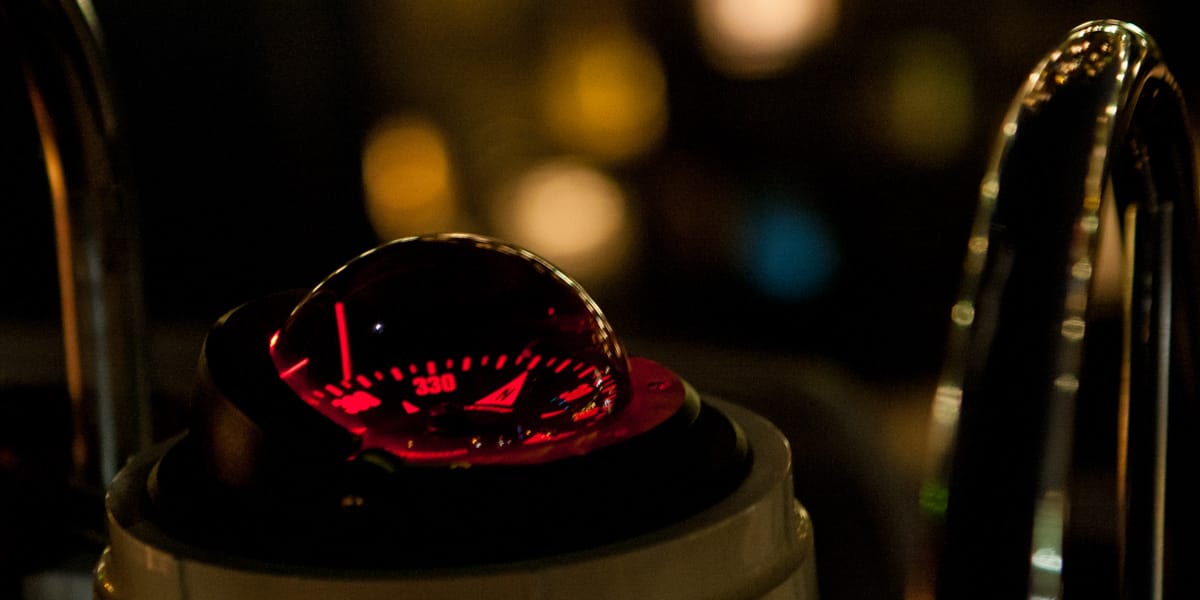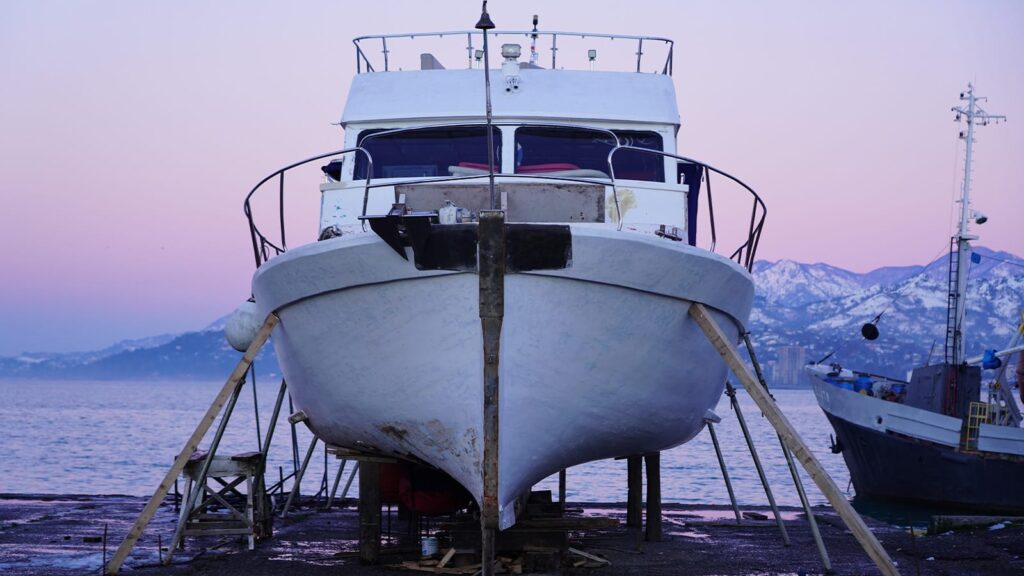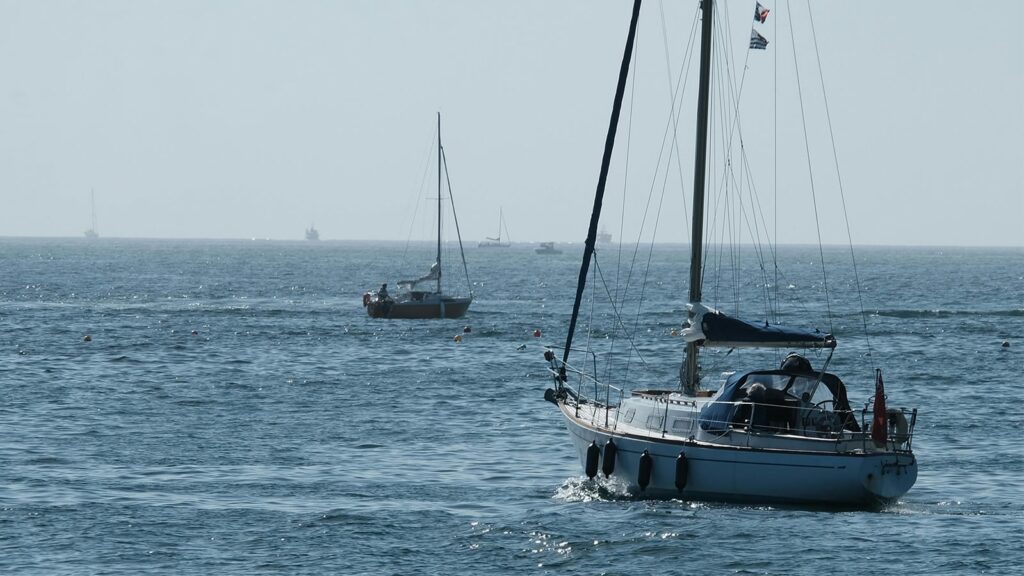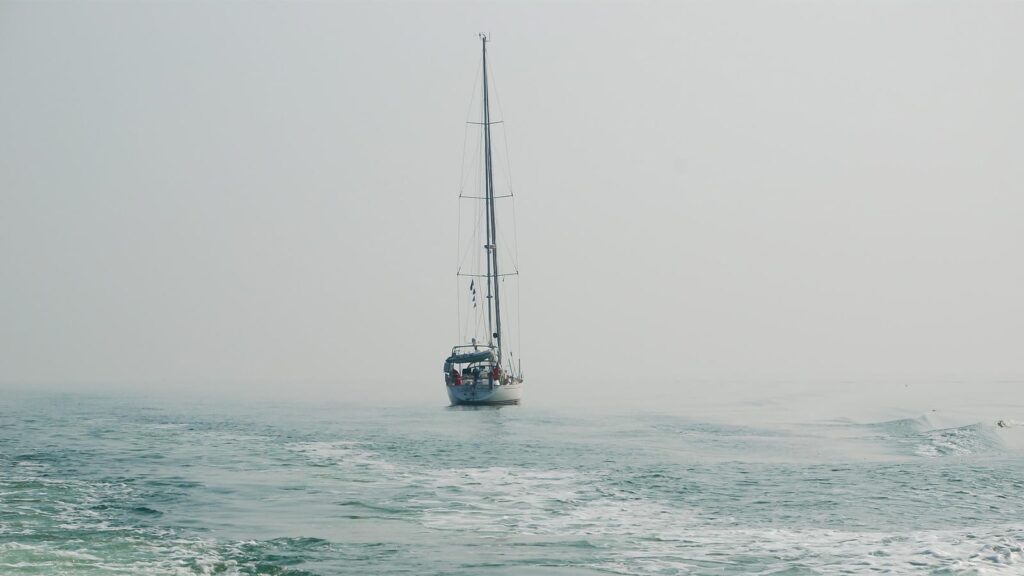Now that we’re into the summer months, lots of you might want to stretch your skill set and do a bit of night sailing. It’s a bit of a different animal so we’ve cobbled together seven things to keep in mind as you head off into the wild black yonder.
- Dress accordingly
It may be obvious for some, but don’t forget the big ball of yellow heat will be replaced by a cold little white ball that will not help the warmth cause at all. Your ability to enjoy the pleasure that a gorgeous night on the water can provide is directly proportionate to you being dressed for the environment. Don layers, with a spray jacket on top and life should be good.
- Carry a decent searchlight
Night boating involves becoming accustomed to the available light and acclimating to it. It’s actually one of the cool things to experience during a sail in the dark, so constantly shining a spotlight like you were hand-holding your car’s headlights is not where it’s at. That said, there are instances where having a high-powered light on board can make things considerably safer. Coming into a harbor, verifying a navigational aid or identifying something foreign in the water are all common situations that benefit from a good light.
- Stand a watch
Of course someone should always be keeping an astute lookout whenever the boat is underway, but this is hyper-important during the restricted visibility that night sailing involves. If you’re lucky enough to have a bright full moon than things are a bit easier but short of that, it’s dark out there folks! Someone needs to keep a mandated watch. By the way, if that person is you, be prepared to have one of the most quality “alone-times” you’ve ever had. People are known to find the meanings of their lives on night watches. You might well return from your nice sail and promptly quit your job, dump that angry spouse and finally get in shape!
- Don’t push
Many old salts attach a different attitude and mentality for night sails. During the day the fun might be to vigilantly trim and adjust, catch lifts, shift weight and monitor that knot-meter for that rewarding uptick – 3/10s of a knot – Yes!
“Herman are you secretly racing that little boy in the sabot?”
“No, of course not.” But Herman is racing that little boy in the sabot!
Anyway, at night it’s good to downshift and run the boat at a lower percentage. Enjoy the serenity this time of day has to offer and understand that downsizing the operation a little will make for a safer and more fulfilling experience.
- Make sure Waypoints are Clear & Safe
Most sailors rely on electronic aids to see them around the waterways and at night they become even more important. They can also, in certain situations, make things less safe. A few years ago, the famous Newport to Ensenada race reported their first deadly accident when a group of sailors ran into a small island off the coast of San Diego. After an investigation, it was determined that the sailors, in all likelihood, didn’t account for the land-mass (island) when they entered in their waypoints. They might have been sleeping or just not paying attention when their cruising boat tragically ran up on the rocks. This would never have happened during the day, but sailing at night brings with it these kinds of considerations.
- Know the Light Patterns
Fortunately charts and boats are all set up for sailing at night so it’s absolutely essential that the skipper and at least some of the crew know what the language of lights is saying out there. Boats are equipped with lights situated in such a way that other boats can tell what’s going on and charts are filled with light-related information that will clue mariners in on where they are. It can be confusing to look into a harbor located outside of a city and try to understand what is going on. “Why is that harbor entrance light switching from green to red like that? Oh, that’s Washington blvd…” Know what to look for and how the lights behave and the confusion will be greatly reduced.
- Wear a PFD
We understand that not everyone wears their pfd for whatever reason – it’s not comfortable, it’s filthy from lying on the floor for the past month, it sucks away at your already limited sex appeal – we get it. We don’t agree with the decision, but okay. For night boating, swallow your reasoning and put that thing on. Things can get slick on the boat at night and God forbid you end up in the drink, that little pea head of yours is very hard to see in the night. If you’re floating around for a while screaming “over here!” things are vastly better. Attach a battery powered personal beacon/light to it while you’re at it. Follow our advice and should you end up overboard you’ll be back in the boat in no time!








